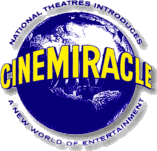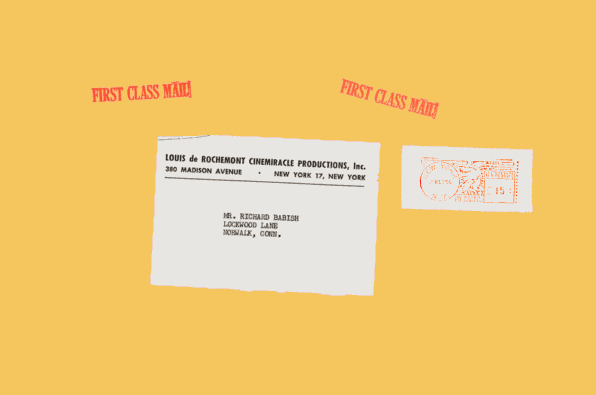

During the exhaustive research for his documentary film, Cinerama Adventure, our friend David Strohmaier unearthed a good many historically significant items. In 1959, Cinerama acquired the assets of Cinemiracle. In the Cinerama archives some of the original Cinemiracle internal documents still survive. This section contains one of the most interesting, though somewhat technically complex, documents relating to the Cinemiracle system. In order to overcome some of the problems inherent in normal three-panel film production, Cinemiracle relied very heavily on special processing and printing techniques to produce a better image. When it worked it worked well but, as you will read, there were lots of details to be ironed out and a high degree of vigilance was required to achieve the desired final product.
At the time that I initially presented this material I did not have copies of the two title pages, the last page, and a couple of the illustrations, and I had no idea who had written it. Fortunately for all of us, Richard Babish, the author of the report, found it on the web and provided us with a full copy of the material, including the envelope that his copy had arrived in. Dick had left the employ of Cinemiracle following the openings in New York and Hollywood. The Russians had launched something called "Sputnik" and our own rocket program was in trouble. Dick felt that he needed to put his talents to work on something more important than movies. This report was written in an effort to provide his successors with a fairly comprehensive compilation of the findings he'd made during his time with both Cinerama and Cinemiracle.

The envelope, postmarked June 17, 1958, which contains Babish's copy of this document. Don't bother writing him at this address, he's moved.